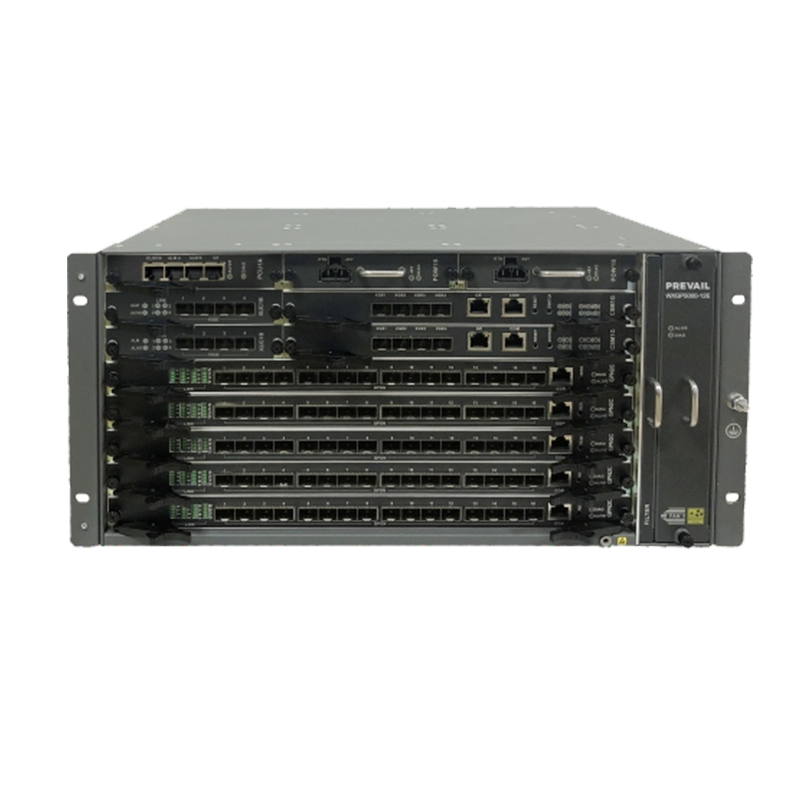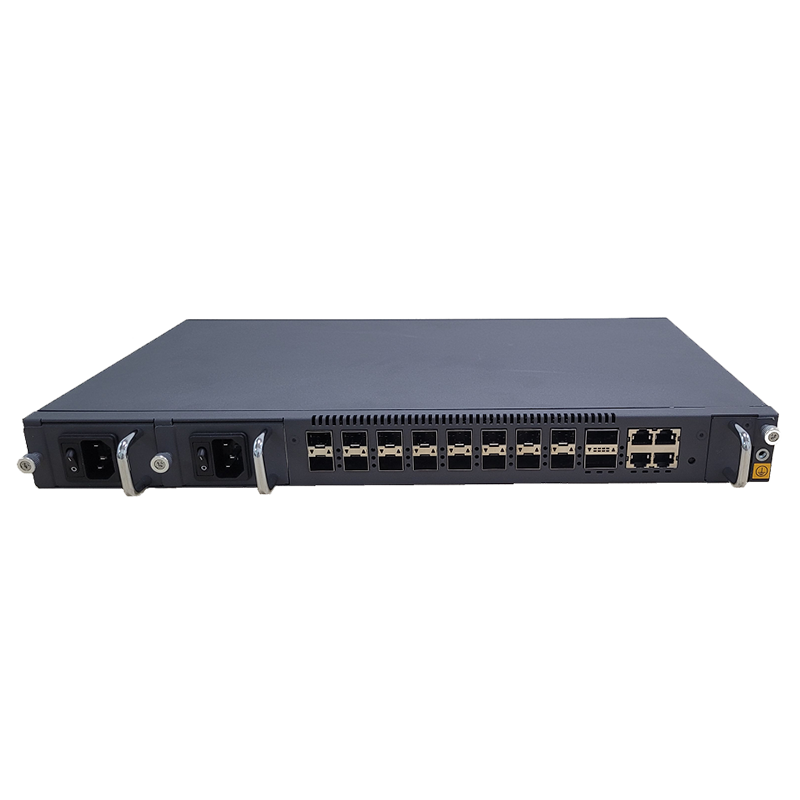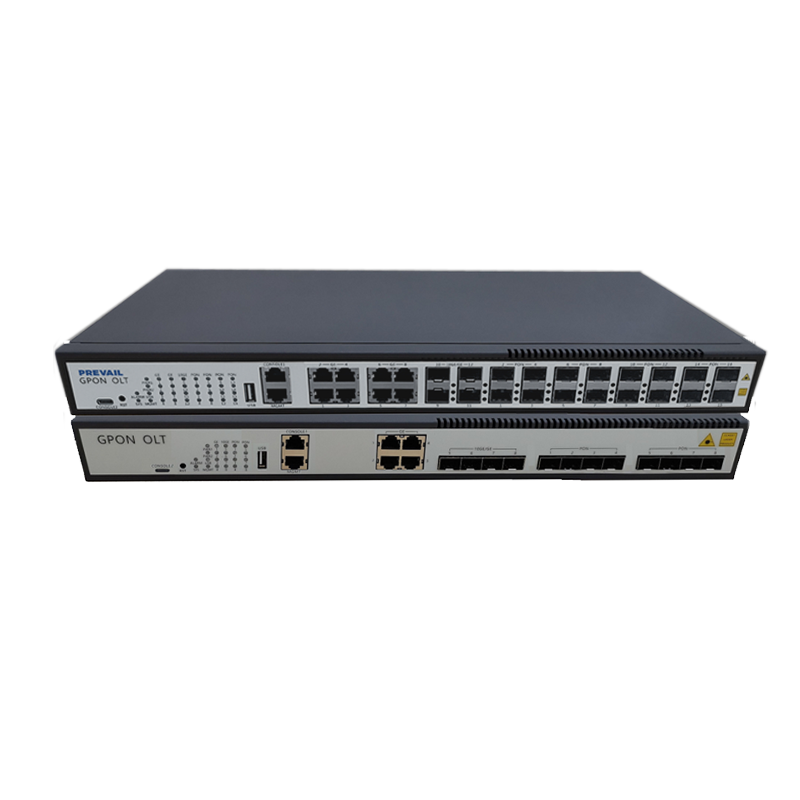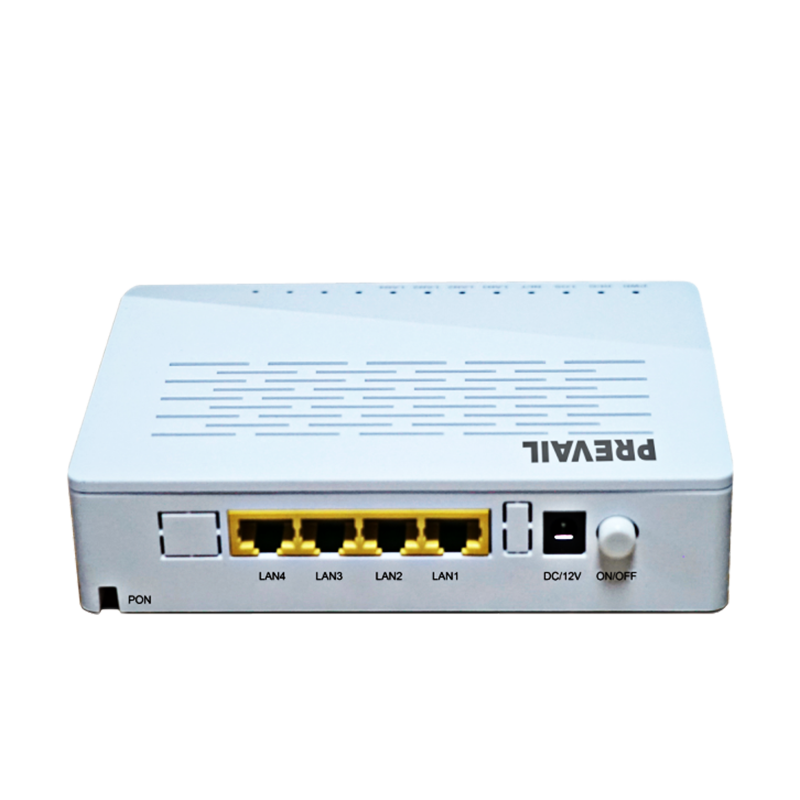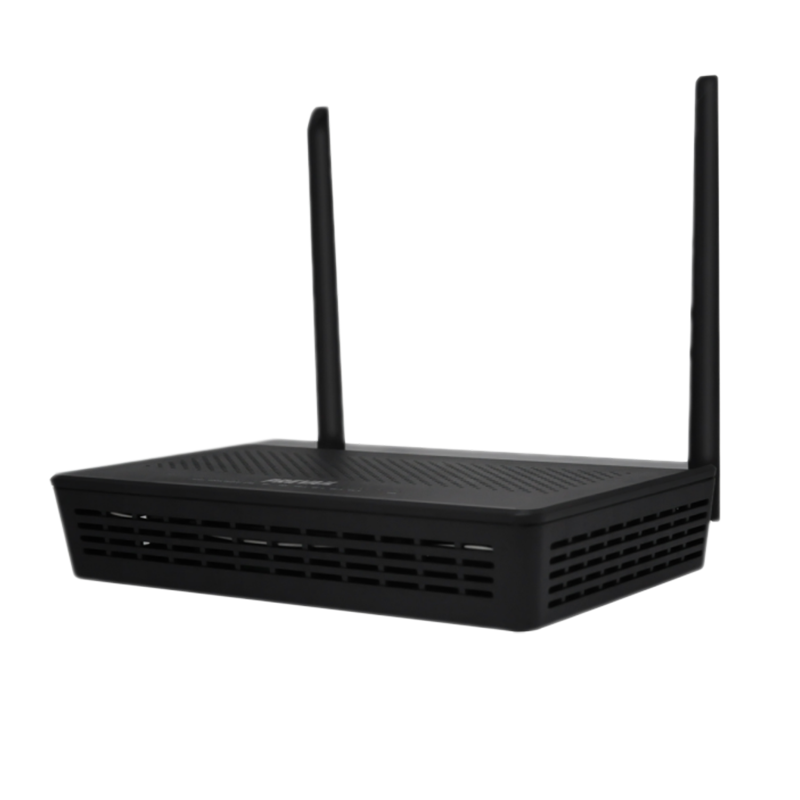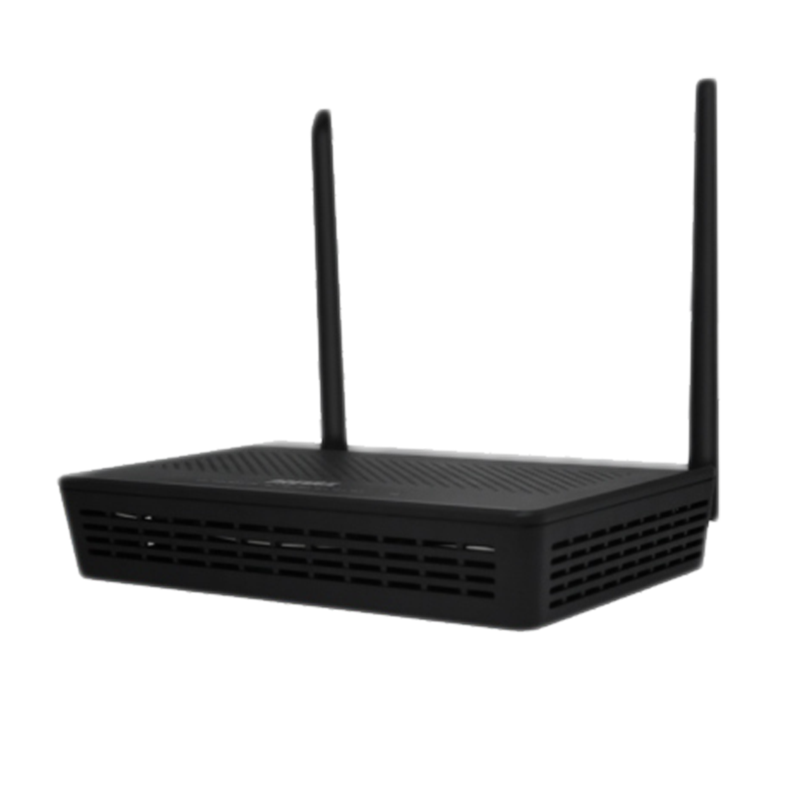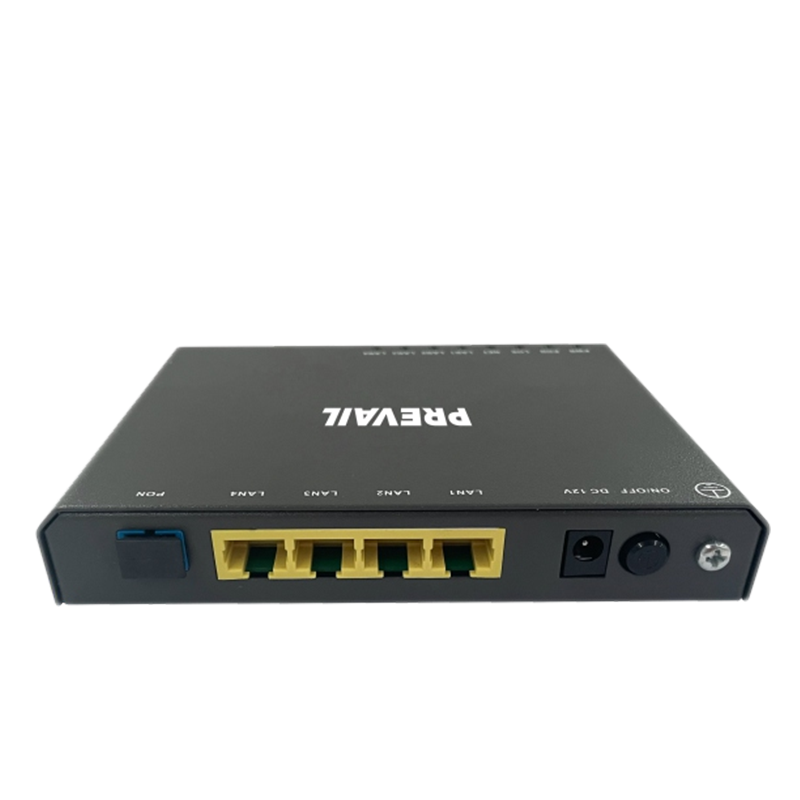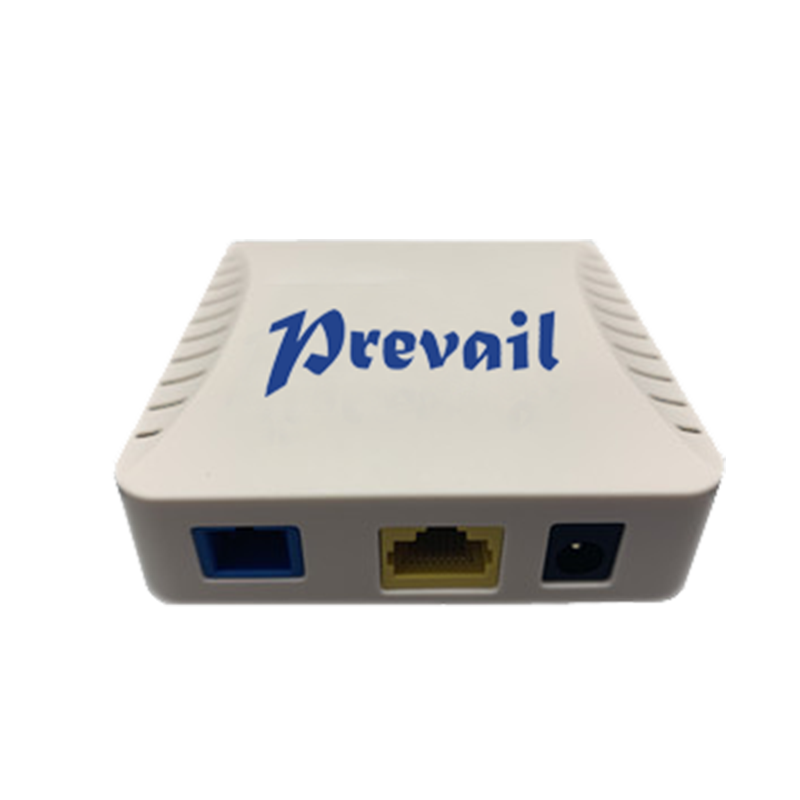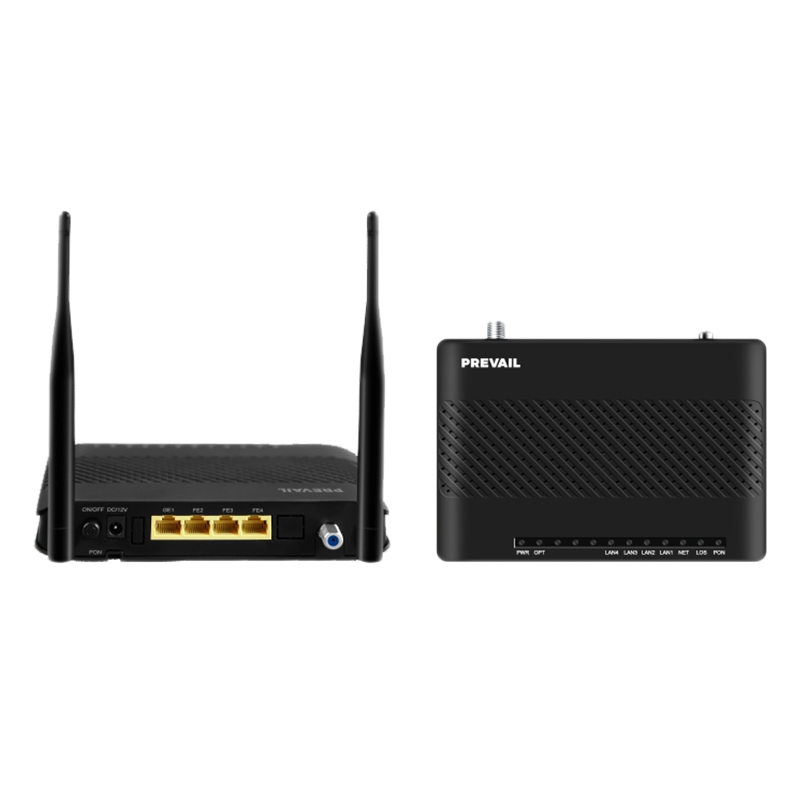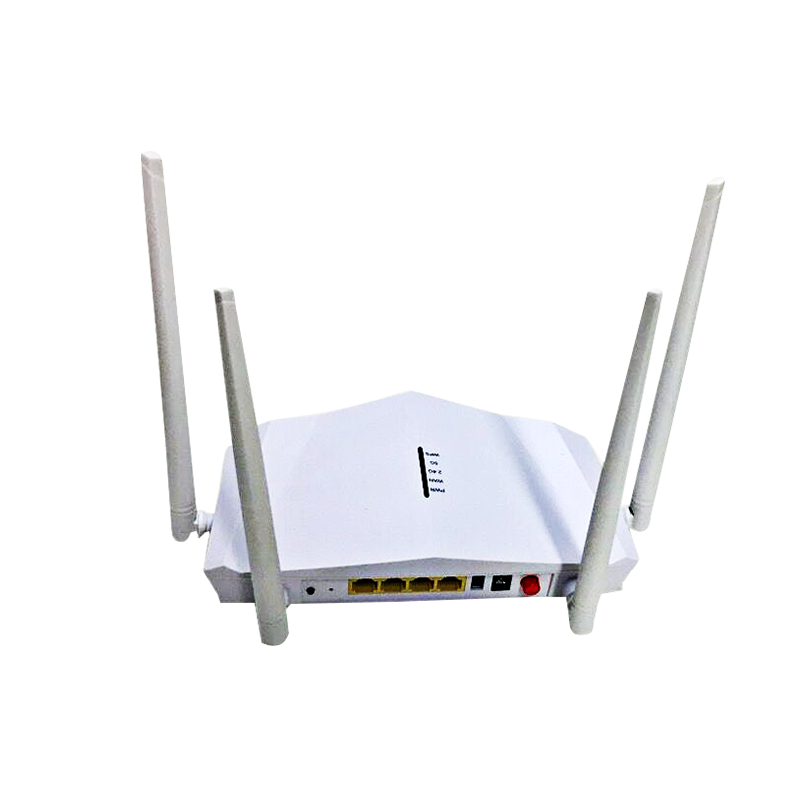What specific functions does the rack-mounted XG(S)PON OLT equipment provide?
Rack-mounted XG(S)PON OLT equipment serves as a crucial component in Passive Optical Network (PON) infrastructure, facilitating high-speed broadband access for end-users. Here are some specific functions and features typically provided by such equipment:
The OLT aggregates traffic from multiple subscriber ONUs (Optical Network Units) and interfaces with the service provider's core network.
Service Provisioning: It enables the provisioning and management of various broadband services, including internet access, voice over IP (VoIP), IPTV, and enterprise connectivity.
The OLT implements Quality of Service (QoS) policies to prioritize traffic based on service level agreements (SLAs) and ensure optimal performance for different types of applications.

Security: It incorporates security features such as access control, encryption, and authentication to protect against unauthorized access and data breaches.
The OLT provides tools for monitoring network performance, analyzing traffic patterns, and diagnosing connectivity issues. This includes real-time monitoring of optical power levels, signal quality, and ONU status.
It offers a management interface (typically web-based or command-line interface) for configuring OLT settings, managing subscriber profiles, and monitoring network health. SNMP (Simple Network Management Protocol) support is often included for integration with network management systems.
Redundant power supplies, hot-swappable components, and failover mechanisms ensure high availability and minimize downtime in case of hardware or network failures.
The OLT is designed to scale easily to accommodate growth in subscriber numbers and bandwidth demand. This may involve adding additional line cards or expanding the number of optical ports.
Interoperability: It supports interoperability with various ONU models and vendor-specific implementations to enable flexibility in network deployment and management.
Standard Compliance: The OLT adheres to industry standards such as ITU-T G.987 (XG-PON) or ITU-T G.9807 (XGS-PON) to ensure compatibility with other PON equipment and interoperability with third-party systems.
Energy-saving features such as dynamic power management and sleep modes help minimize power consumption and reduce operating costs.
Remote management capabilities allow operators to monitor and configure OLT devices from a central location, facilitating efficient network operations and troubleshooting.
Rack-mounted XG(S)PON OLT equipment plays a critical role in delivering high-performance broadband services over fiber-optic networks while offering advanced management and monitoring capabilities to ensure reliable and efficient operation.





